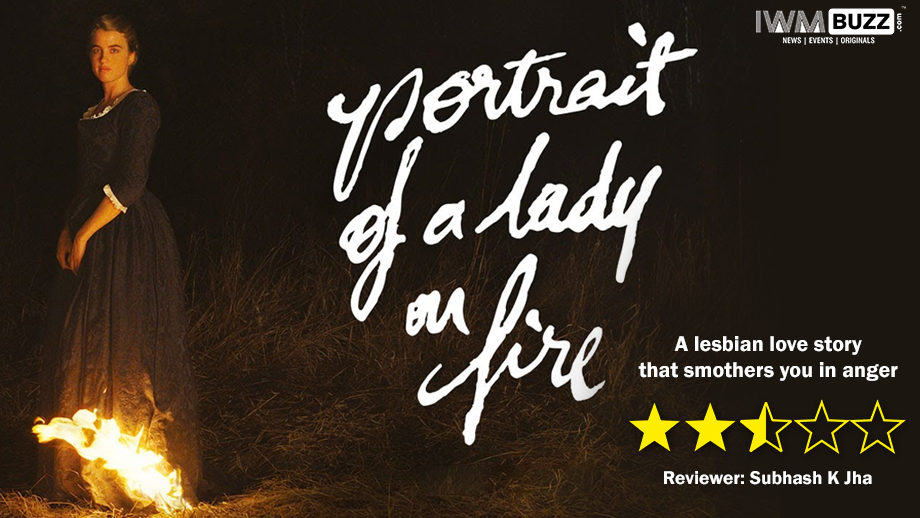Starring Noemie Merlant, Adele Haenel
Directed by Celine Sciamma
Rating: ** ½ (two and a half stars)
There are no male characters, not even in passing, in this Cannes-winning film about two 18th century women from separate social classes locked in a passionate relationship. Come to think of it, even the passion that the aristocratic Heloise (Adele Haenel) is supposed to share with Marianne (Noemie Merlant) is not visible on the screen. These two look like they need some help.
I am sure this must have been a passionate drama on paper, the kind we saw Rachel Weisz and Rachel McAdams share in the 2017 lesbian drama Disobedience, or if you want to go back more, then Shabana Azmi and Nandita Das in Fire.
The two leads in Portrait Of A Lady On Fire convey strange and stern sterility. Even when they share their first kiss—and that happens well into the darkened plot—there is no joy in the union. Instead, it’s like two reluctant poker players taking on each other on a night when they’d rather stay home to watch Call Me By Your Name.
Deliberately, the director sets the film in a bare, cold castle where the walls seem to be unpainted bleak fortresses around the protagonists’ hearts. We are told Heloise is an aristocrat. But her environment suggests serious financial deprivation. The cold climate clings stubbornly to the mood of the central relationship giving the two ladies at the centre of the story a kind of freedom to explore their mutual passion like two animals in a cage at a zoo.
Even when the narrative moves out onto the seaside, there is no sense of freedom in the open air. Perhaps the director Celine Sciamma wanted to deliberately chain the two women’s passion for society and era that frowned on their yearnings. What comes across is a narrative too inhibited in its exploration of Victorian inhibitions.
The central performances by the two actresses Noemie Merlant and Adele Haenel stop short of brilliance, just like the film. I found the character of the maid Sophie to be far more interesting and eloquently empowered in her confined space than the two protagonists. Sophie is pregnant and the primitive modes of abortion adopted to get rid of the unwanted child convey a savage satire.
Humour and warmth are tragically missing in this much-acclaimed film about an island-confined disempowered heiress and a mainland painter hired to do her portrait. By the time the portrait is done the picture becomes too blurred by its emotional velocity to be sharp or lucid.


